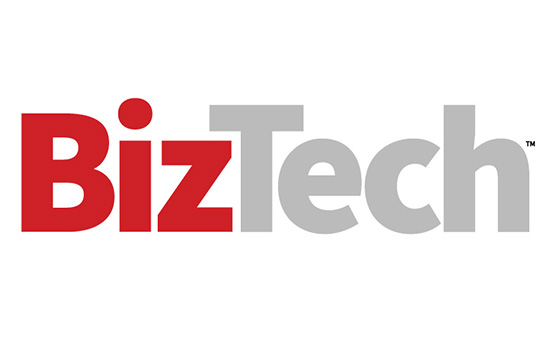From Alert Fatigue to Actionable Intelligence
Modern AI tools don’t just collect data from antivirus systems, web filters and firewalls — they analyze it with unprecedented precision. That means faster detection and higher-fidelity alerts.
And let’s be clear: Confidence in alerts is critical. If your tools flag every anomaly as a potential incident, your team will drown in noise. But with AI-enhanced analytics, you can trust that an alert represents a genuine threat. That confidence enables financial services organizations to automate more of their response workflows — whether that’s automatically creating an incident ticket, notifying responsible teams, isolating suspicious endpoints or restricting network access for compromised user identities.
This kind of automation not only shortens response times, it also maximizes the value of the security investments an organization has already made. Instead of replacing human expertise, AI empowers it — allowing analysts to focus on investigation, remediation and strategic improvements rather than chasing false positives.
For financial services firms, regulatory compliance is inseparable from security. When systems drift out of compliance, risk increases — and regulators take notice. AI-enabled platforms now help bridge that gap by continuously mapping an organization’s environment against relevant frameworks and automatically flagging or even correcting noncompliant configurations. Continuous monitoring also means compliance isn’t just a quarterly box-checking exercise — it becomes a real-time security advantage.
EXPLORE: A new era of digital banking is powered by AI.
What to Do If You Can’t Build a SOC
Even with powerful automation tools, many financial institutions struggle to build and maintain a fully staffed, fully capable security operations center (SOC). Skilled professionals are scarce, and budgets are limited. That’s where managed detection and response comes in.
An MDR partner delivers not just technology, but experience. The partner maintains a 24/7 SOC staffed with analysts who see thousands of threats across multiple industries and geographies every day. That exposure sharpens their detection models and playbooks, which they continuously refine and apply to your environment.
Big institutions have their own SOCs, but for smaller or mid-sized firms, MDR can be a cost-efficient way to gain enterprise-grade protection. Instead of investing heavily in multiple tools and trying to hire scarce Tier 1, 2 and 3 analysts, organizations can partner with a provider that already has both the technology and the expertise in place. It’s a scalable, collaborative approach that lets internal teams focus on their business priorities rather than building a SOC from scratch.
When technology handles repetitive monitoring and response tasks, in-house security professionals can focus on higher-value initiatives: developing security strategy, improving processes and contributing to business innovation. When your team isn’t buried in false alerts, they can help enable new digital banking initiatives, accelerate product launches and strengthen the customer experience — all while maintaining strong security posture.














